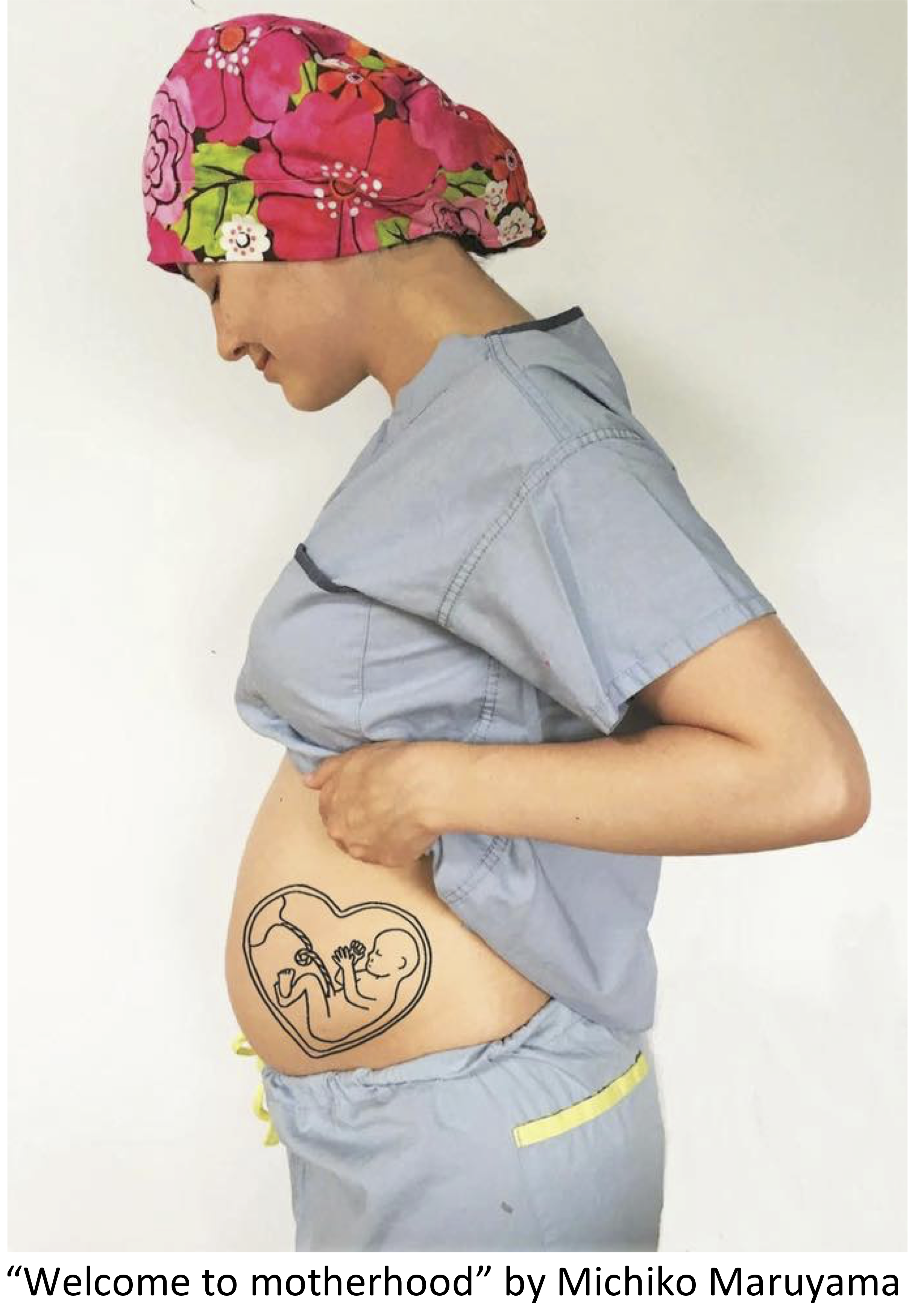Plain language communication as a priority competency for medical professionals in a globalized world
DOI:
https://doi.org/10.36834/cmej.36848Keywords:
patient education, plain language, globalization, health literacy, english proficiency, education, medical education, training, competencyAbstract
This brief report aims to highlight the impact of globalization – the international movement of goods, people, and ideas – on patient-provider communication in medical training and practice, and how the implementation of plain language communication training as a core competency for care providers can mitigate this impact. Globalization influences both patient and provider population diversity, which presents challenges with regard to patient-provider communication, particularly in cases of limited health literacy. Plain language communication - the delivery of information in a simple, succinct, and accurate manner - can help address these challenges. Training in plain language communication, however, is not a part of standard education for health care providers. Based on a synthesis of relevant literature pertaining to globalization, plain language communication, and medical education curricula, it is hoped that the information presented establishes the need for plain language communication as a core competency in medical education to enable providers to better meet the needs of an increasingly globalized health system.
Downloads
Downloads
Published
How to Cite
Issue
Section
License
Submission of an original manuscript to the Canadian Medical Education Journal will be taken to mean that it represents original work not previously published, that it is not being considered elsewhere for publication. If accepted for publication, it will be published online and it will not be published elsewhere in the same form, for commercial purposes, in any language, without the consent of the publisher.
Authors who publish in the Canadian Medical Education Journal agree to release their articles under the Creative Commons Attribution-Noncommercial-No Derivative Works 4.0 Canada Licence. This licence allows anyone to copy and distribute the article for non-commercial purposes provided that appropriate attribution is given. For details of the rights an author grants users of their work, please see the licence summary and the full licence.











